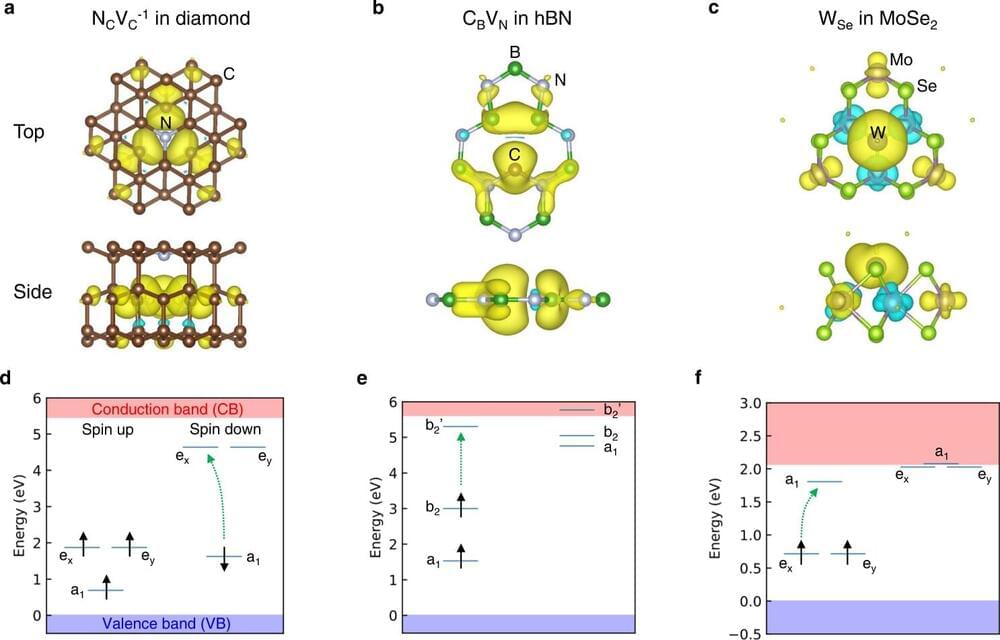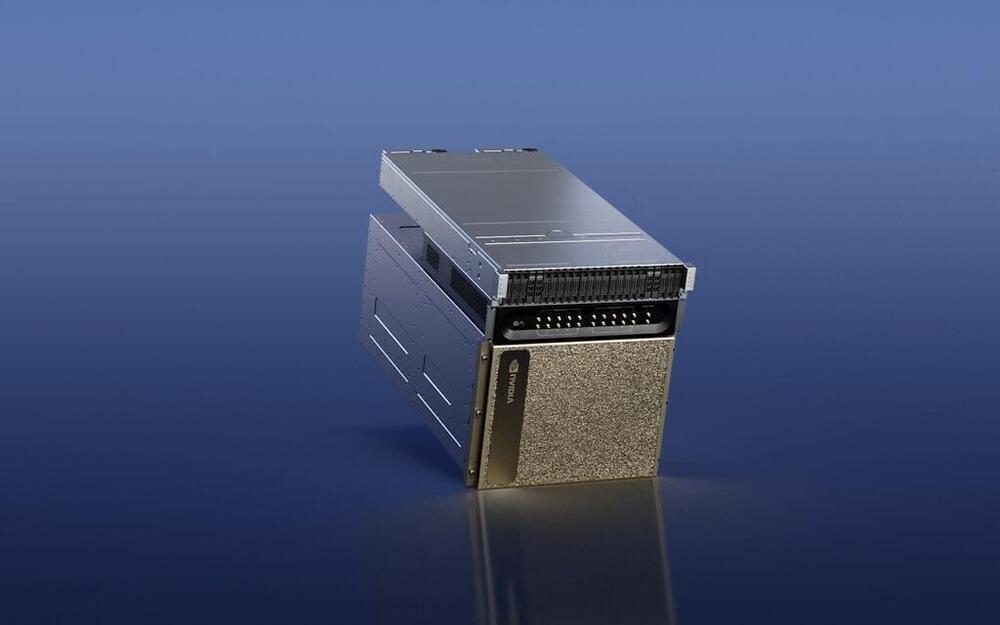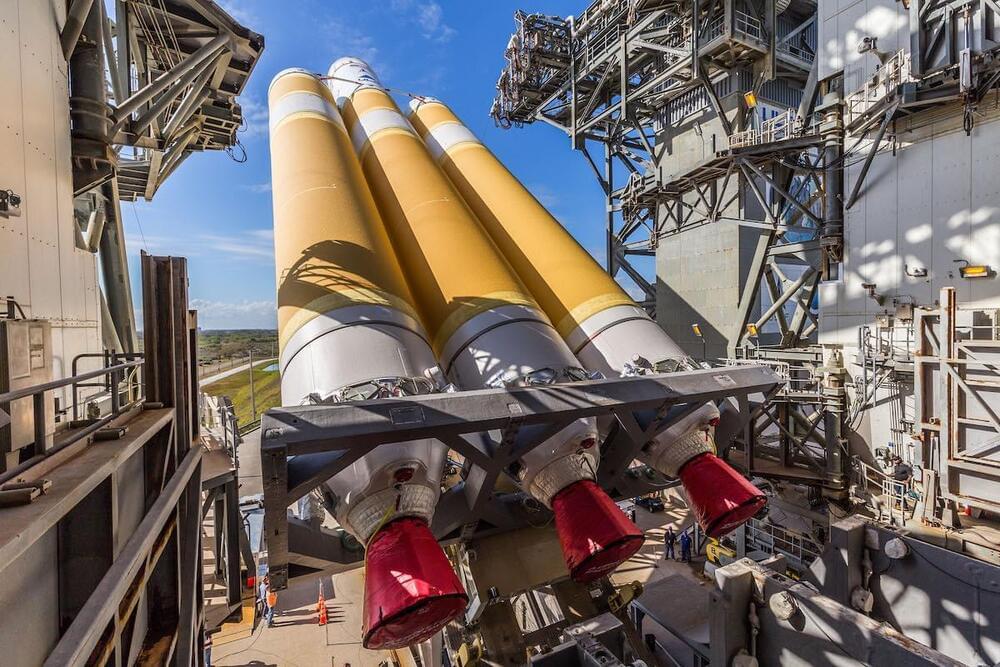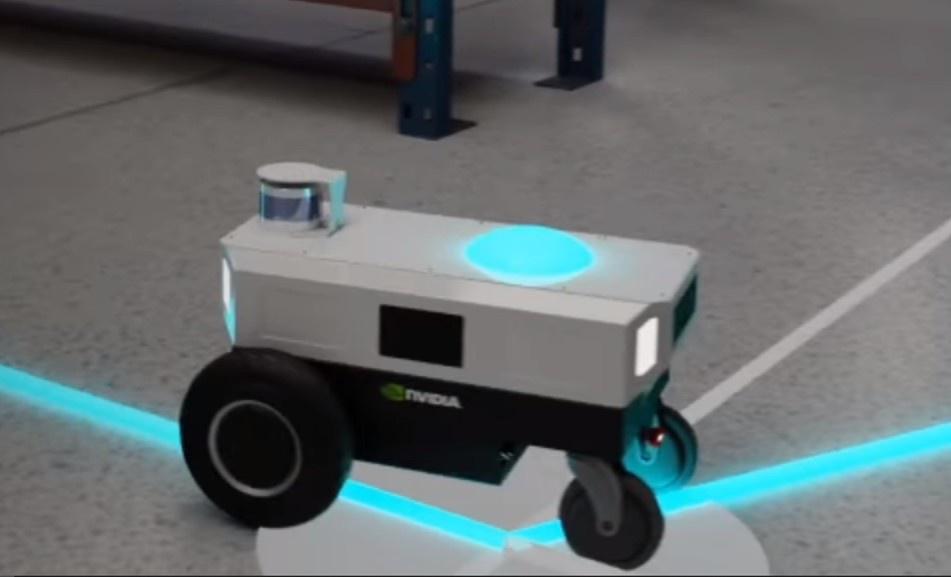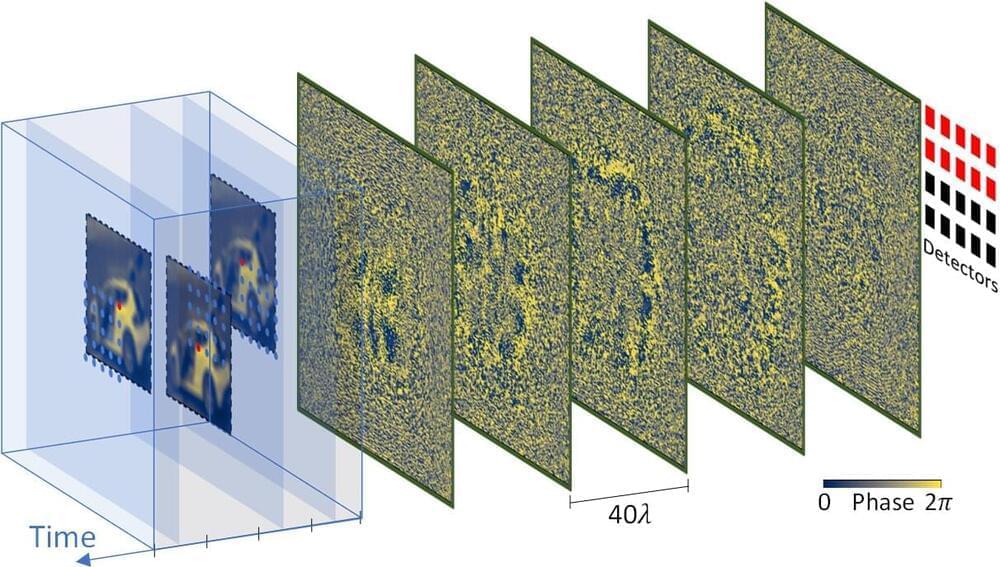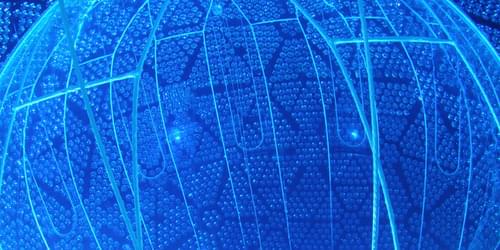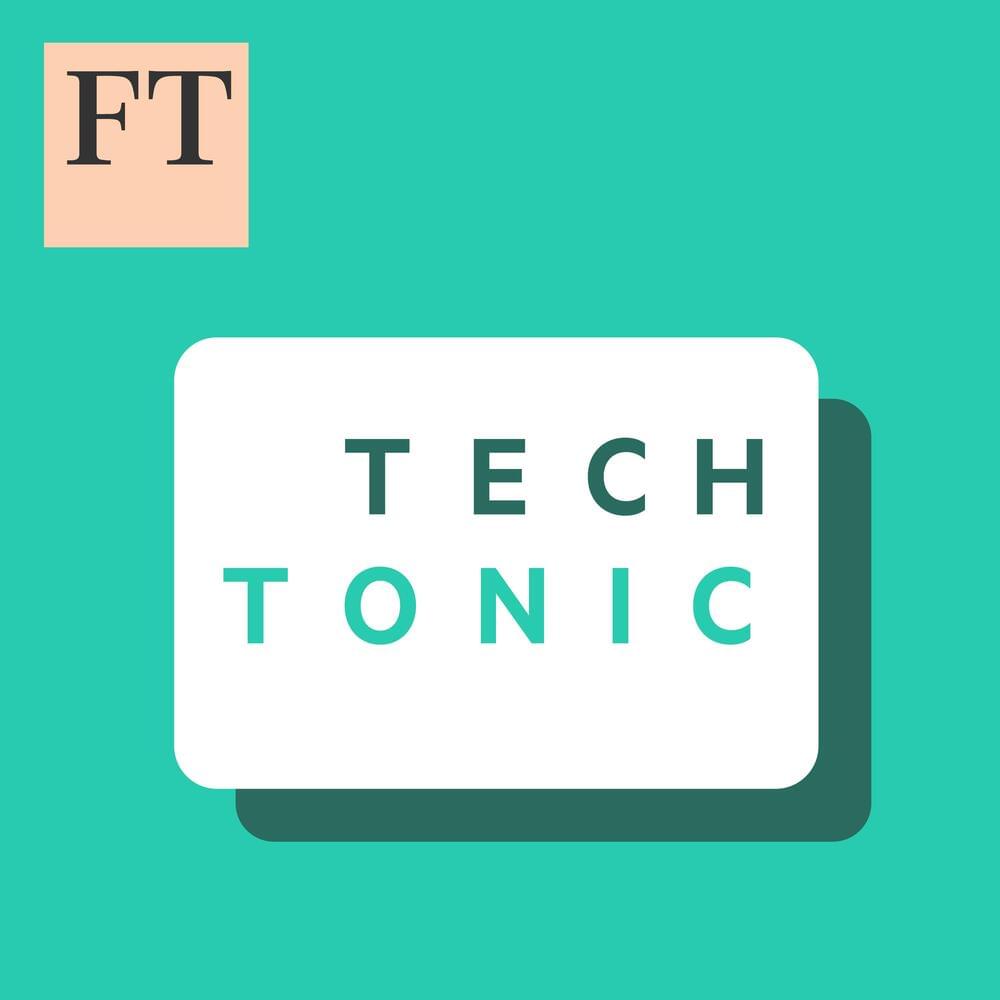Mar 25, 2023
Team devises crystal-clear solution to quantum computing puzzle
Posted by Dan Breeden in categories: computing, quantum physics, security
University of Texas at Dallas researchers have developed a new approach that addresses challenges in the field of quantum computing and has the potential to revolutionize computing, communications and electronic security.
To make solid-state qubits, the basic information unit for quantum computers, a defect must be inserted into the solid material to control the spin states of electrons. Creating and positioning the defect, however, especially in the most commonly used solid material—synthetic diamonds —poses a major challenge.
UT Dallas researchers found that making qubits from thin, two-dimensional sheets of crystals called transition metal dichalcogenides (TMDs) instead of diamond can solve this problem. Led by Dr. Kyeongjae Cho, professor of materials science and engineering in the Erik Jonsson School of Engineering and Computer Science, the researchers published their findings online Dec. 6 in Nature Communications.
